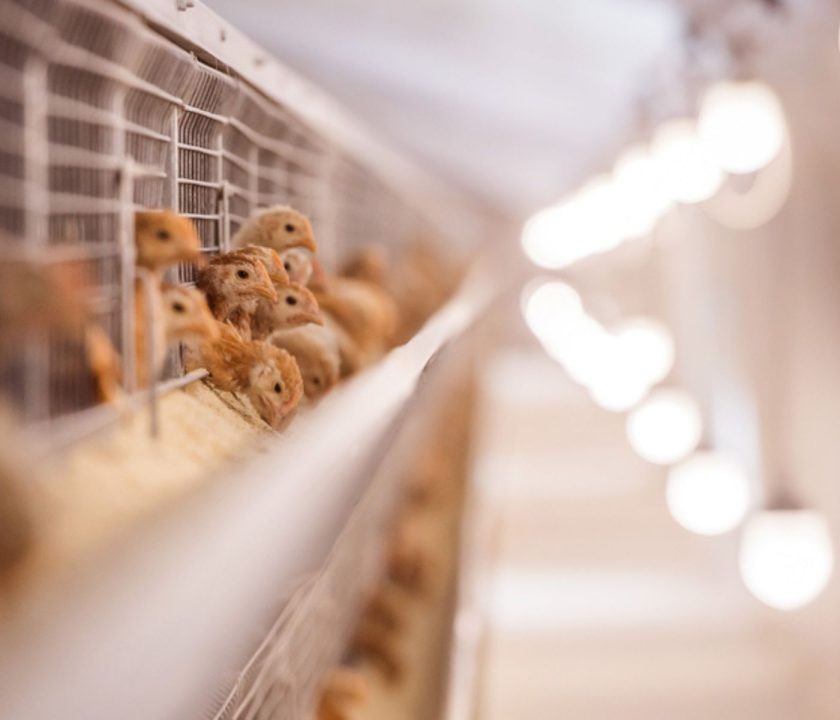Contenido disponible en: Español (Spanish)
In countries that are located in latitudes where all four seasons are well-defined, more work has been done on the subject of lighting programs, in attempts to optimize the photoperiod, but without knowing the importance of factors such as:
- LUMINOUS INTENSITY
- LIGHT SPECTRUM
- LIGHT SOURCE
- UNIFORMITY IN LIGHTING
None of these factors is of recent discovery; Nature has used them for thousands of years to model the reproduction of many animal species, including birds (Figure 1). Unfortunately, the physiology of birds in nature is hardly considered and therefore, studies lean towards modern commercial poultry farming.
Terms like:
- “BIOLOGICAL CLOCK” (CIRCADIAN RHYTHM)
- LUX
- COLOR TEMPERATURE (WARM OR COLD LIGHT)
- SPECTRUM OR WAVE LENGTH
- INTENSITY AND UNIFORMITY OF LIGHT
THEY ARE HARDLY MANAGED BY THE PERSONNEL WORKING IN THE POULTRY INDUSTRY
It is not essential to have the knowledge of an electrical engineer, but it is necessary to understand their practical meaning, since they greatly influence parameters such as:
- ONSET OF LAY
- EGG SIZE
- SEXUAL MATURITY
- FEED CONSUMPTION
- OTHER FACTORS OF ECONOMIC IMPORTANCE
Birds see and respond to a range of light spectrum (color or wavelength), as well as its intensity, in a different way than humans. Vision in birds is their dominant and most important sense. Their eyes are similar to those of reptiles and have a transparent, mobile nictitating membrane that cleanses and moistens the eyes.
The vision of birds is anatomically different from that of humans and their perception of light is different, depending on the light source to which they are exposed to.
Humans can see at wavelengths between 440 nm and 700 nm (with a sensitivity peak at 550 nm), while birds have 1 additional type of cone (for a total of 4), with which they can see longitude wavelength between 315 nm and 750 nm (with 4 spectral sensitivity peaks at approximately 415-460-510 and 600 nm). This makes it easier for them to see UV-A light between 315 nm and 400 nm (Figure 2).
In addition to influencing the reproductive physiology of females, studies by Jones et al. Showed that UV-A light influences female choice of male and increased frequency of mating.
The spectral peak of sensitivity in birds is similar to that of humans (545 nm – 575 nm), but the spectrum of sensitivity in birds is between 400- 480 nm (blue) and 650-700 nm (red), so it is higher than that of humans, and this makes birds perceive light from different sources with greater brightness.
This can generate stress or aggression mainly in males in breeder houses equipped with economical light bulbs such as compact fluorescent lamp (CFL), notorious for their flickering.
Therefore, we can’t apply human light perception standards in poultry farming.
Figure 3. Spectral sensitivity curve in humans (top) and birds (bottom)
Keep up to date with our newsletters
Receive the magazine for free in digital version
REGISTRATION
ACCESS
YOUR ACCOUNT
LOGIN
Lost your password?

